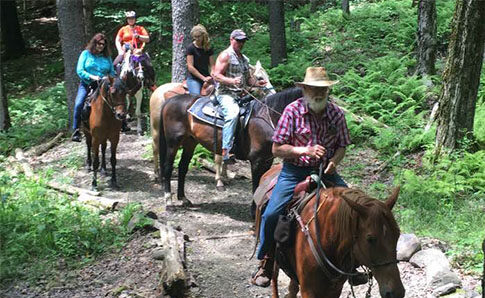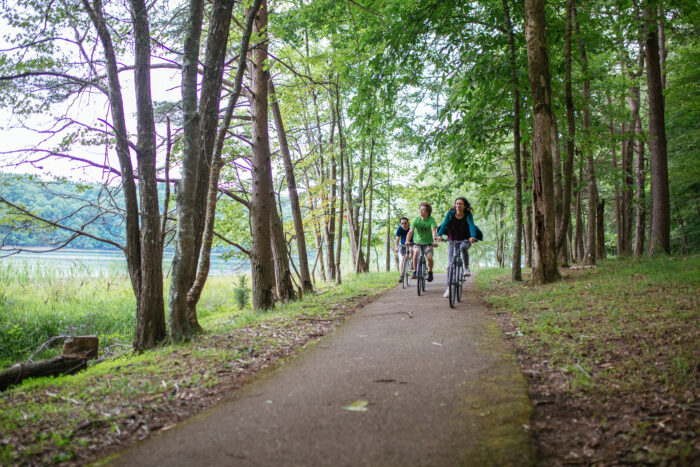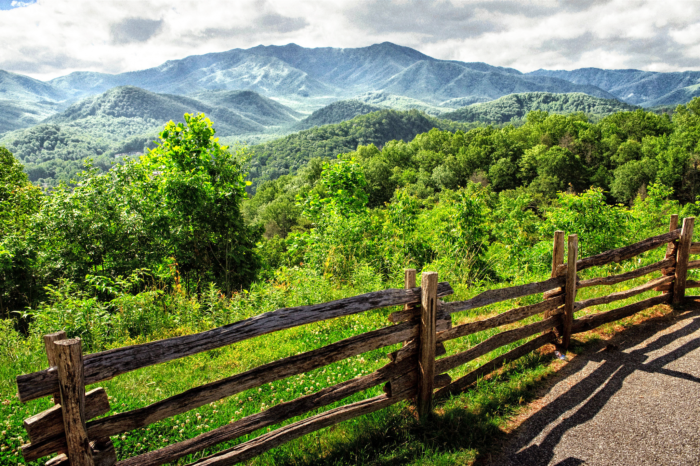
Every Appalachian state has ample trail opportunities, from the Tanglefoot Trail in Mississippi to South Carolina’s Swamp Rabbit Trail and the Great Allegheny Passage in Maryland and Pennsylvania. Trails are incredible gateways for attracting outside visitors and increasing quality of life for community members. ARC partners have long worked to establish trail systems that are unique to their community, while others are finding creative ways to involve communities in trail maintenance, creating an even deeper connection to their natural assets. For communities that have yet to fully reap the benefits of trail opportunities, ARC partners like Friends of the Cheat have created planning templates that can be replicated across multiple counties.
Understanding Local Assets
Ten years ago, Chautauqua County, New York, used ARC support to develop a plan for Chautauqua County Equestrian Trail System, a 35-mile loop that would link natural assets, public facilities, town centers and businesses. The development would also connect the equestrian trails to snowmobile trails in neighboring Cattaraugus and Allegany counties.
This unique connection was originally inspired by another Appalachian state known for horses — Kentucky. An economic impact study of equestrian trail riding conducted for Knott County, Kentucky, concluded that the average trail rider spent $92 per day with an estimated stay of 3.5 days. The county connected this study with their own understanding of snowmobilers, resulting in plans for year-round use of the trail system. Local stables, restaurants, gas stations, hotels and other service providers — who traditionally relied on snowmobilers for a majority of revenue — could finally count on the economic benefits of both winter and summer riding seasons.
In addition to planning, ARC’s investment helped Chautauqua County purchase equipment and supplies needed to upgrade trails, train and organize volunteers for trail maintenance, and market the trails through websites, visitor guides, and more. A decade later, the trails are thriving thanks to an active community of riders and volunteers. The trails are free of charge and accessible for all levels of riders, from beginners to advanced.
Keeping Communities Involved
While trail construction is a challenge, maintaining and sustaining a trail can be just as cost-prohibitive. Appalachian Forest Heritage Area is helping Elkins, West Virginia, solve this problem by developing a plan for a volunteer trail maintenance center and program. The plan includes community leadership initiatives and the development of local partnerships, relationships with businesses that benefit from tourism, a sustainable funding base, trail maintenance training, a volunteer management system and a marketing plan for the program and center. By involving community members as volunteers, this project helps lower the cost of a trail tourism program, while developing local leadership and enhancing the community’s connection with natural assets.
Increasing Planning Capacity
For communities seeking assistance in trail planning, Friends of the Cheat can help. In 2019, they received an ARC POWER grant to develop a plan linking local trail segments into a comprehensive regional network. The result was the first comprehensive trail plan within the newly formed Mountaineer Trail Network Recreation Authority (MTNRA). Centered in Preston County, West Virginia, this countywide plan mapped all existing trail resources, highlighted connection gaps, identified routes that would link existing amenities to other recreation hubs in the region and recommended workforce development pathways for careers in recreation tourism. With the pilot project complete, the plan will serve as a model to be replicated in the network’s other nine counties.
Though a trail seems simple, thoughtfully mapping, constructing, and maintaining it can be quite complex. Thankfully, ARC partners are guiding their communities to opportunities that will sustainably leverage their assets, attract tourists, grow businesses, boost tax revenues, enhance wellness, foster community pride and involve locals every step of the way.


